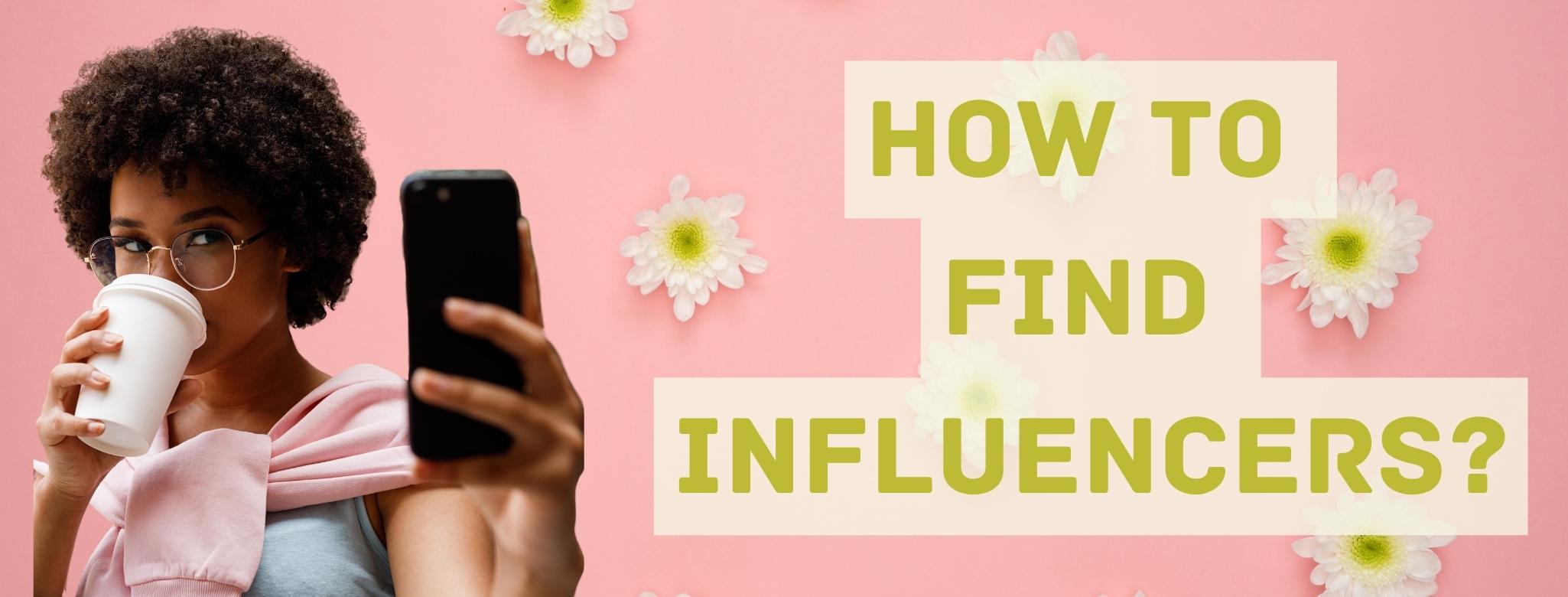
19 Sep How to Find Influencers?
Influencer marketing is expanding and evolving in all commercial sectors today, including technology, virtual reality, beauty, health, and a wide range of other industries. Influencers are quickly rising from a wide range of backgrounds, specialties, and vocations to raise awareness of issues that are crucial to contemporary communities and assist billions of businesses worldwide in achieving their most significant business goals.
The Top Influencer Marketing Agency has years of experience working with influencers of various sizes and shapes, and we currently have a database of over 1M leading social media influencers from many niche industries. Owing to our years of experience and measurable campaign results, we do have a few things to share that can help brands succeed, expand their businesses, and position themselves as industry leaders. On that note, we have put up a summary on how to find influencers that will best fit your campaign needs and requirements and help you achieve your most relevant industry goals.
1. Who Are Social Media Influencers?
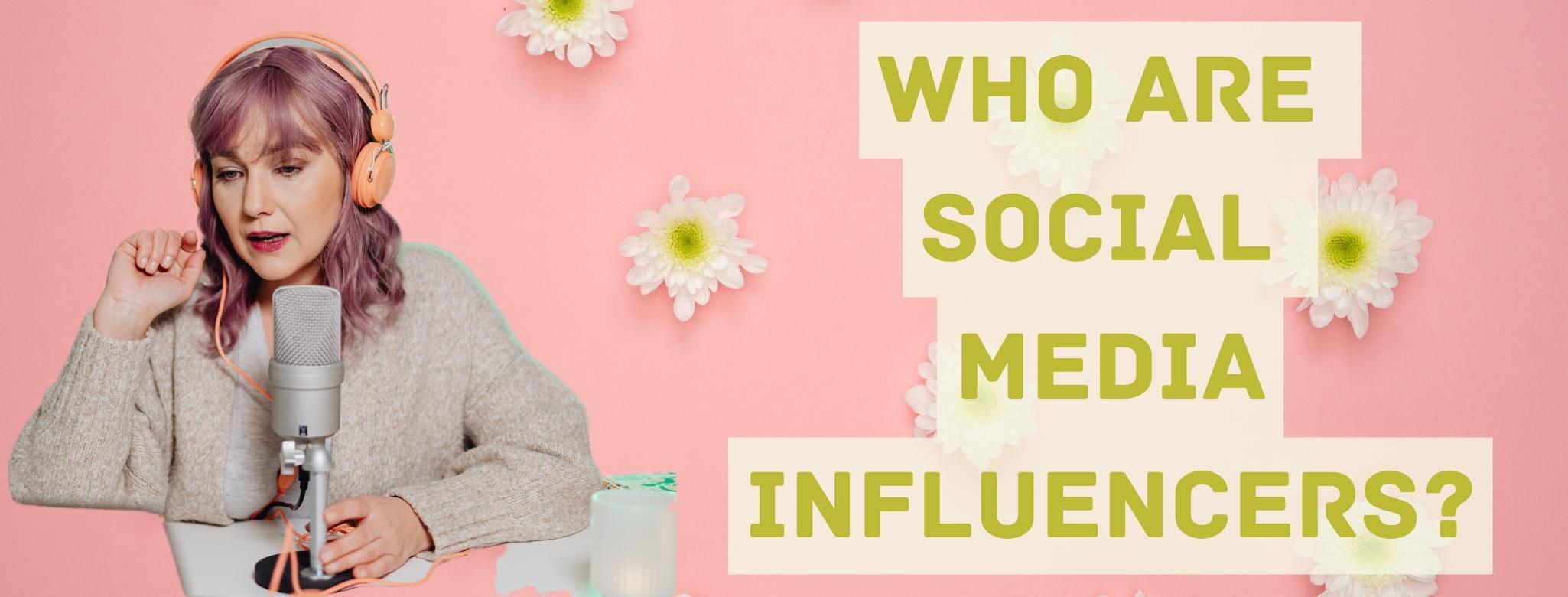
Before we explain how to find influencers, let’s first establish who these individuals are and their precise responsibilities. Social media influencers are persons who have developed a significant reputation for their subject-matter expertise. Some of their most important characteristics include the following:
- They often post about different and important subjects on their favorite social media platforms, which attracts a sizable following of enthused, involved individuals who pay careful attention to their opinions.
- They come in different shapes and sizes, and fields of expertise.
- They operate in many different niche industries, including real estate, technology, virtual reality, fashion, beauty, education, and many other specialty sectors.
- They have gained significant notoriety in a specialized field
- They have access to a sizable audience and have the power to persuade others to follow their advice.
- They may appear in a variety of ways, such as bloggers, celebrities, or proprietors of online businesses, and they may focus on a certain area to obtain widespread awareness.
- They have the power and ability to start trends and persuade their followers to purchase the things they advocate, so they are also loved by many brands and the world’s leading companies.
- They can help brands expand their businesses with the power of social media influence, and much more.
2. How to Find Influencers?
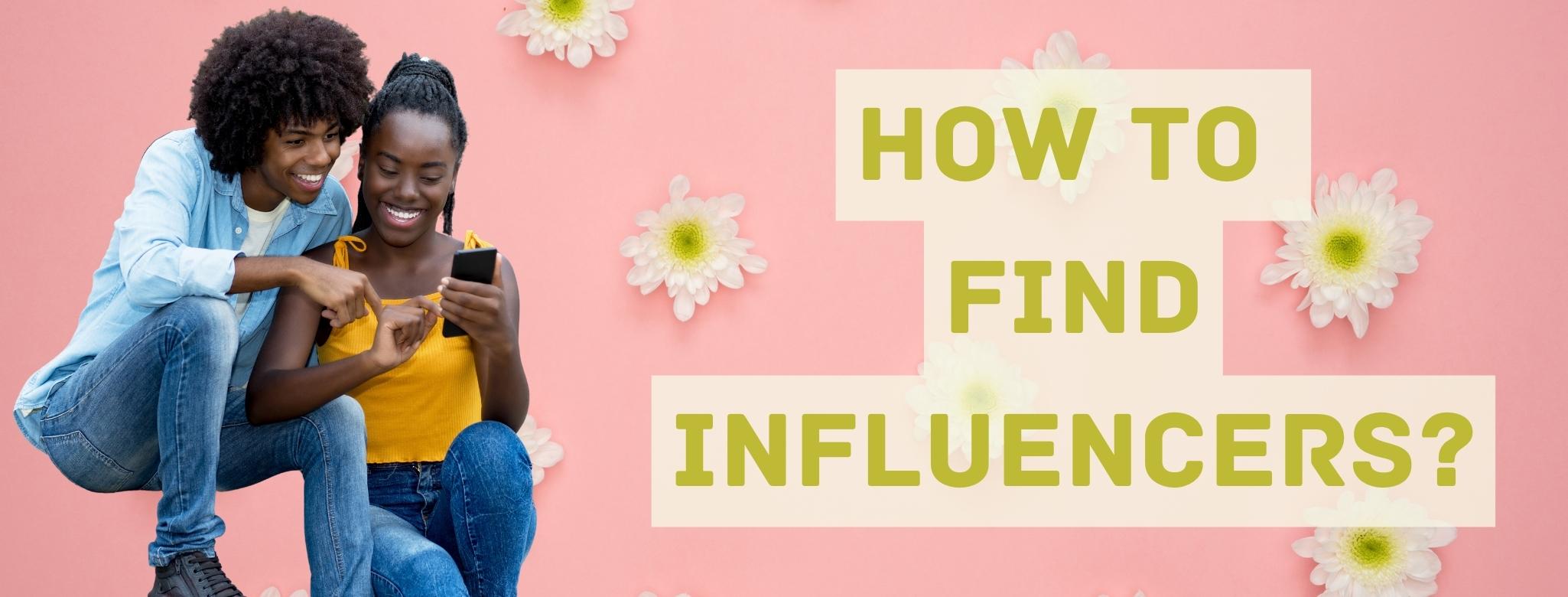
There are many various approaches when brands are thinking about how to find influencers, and they mostly vary according to the kinds of influencers that the companies require. However, there are several standard ways of how to find influencers generally, and they involve many processes, some of which are as follows:
2.1. Utilizing social media hashtags
Brands must be cognizant of current trends and promoted content when considering how to find influencers. The ideal approach to accomplish this is to manually look for popular hashtags that are related to their brand, identify any influencers who are using them, and then get in touch with them, possibly via an Instagram direct message, or something similar. To ensure that their aesthetic and brand identity are compatible before reaching out to them, marketers must also first perform their homework on the target audience.
2.2. Using the power of social media
Brands are already using social media if they are seeking hashtags, but this step goes further than that. In addition to using social media trackers or listening tools to locate influencers who are already talking about their sector or specialty, brands should keep an eye out for mentions of their company’s names in relevant social media channels.
2.3. Taking advantage of Google tools
In addition, there are other methods that brands may use Google when deciding how to find influencers. Brands may use tools like Google search alerts to establish notifications for terms associated with their company. They may use this to locate people who are discussing their business, sector, market, and everything in between.
2.4. Searching for bloggers
Bloggers typically have a large, active following since they frequently use social media to promote their own work. The manual method is looking for the top blogs using the business’s relevant keywords related to their brand or products combined with “blog.” Brands may approach these bloggers, but they can also go through their followers to see if they have any links to other influencers. There are several tools out there that may assist companies when they’re considering how to find influencers for their business while removing a significant amount of labor-intensive tasks.
2.5. Researching through platforms for Influencer Marketing
Influencer marketing tools, like Hype Auditor, Storyclash, and similar, include search capabilities that let marketers look into the top influencers in particular categories. They may give brands contact details like their social media profiles and emails, giving businesses several ways to get in touch with them. Proceed with caution though, since many businesses that provide this service give out-of-date information, so it’s crucial to conduct greater and more thorough research before committing!
2.6. Browsing through YouTube
YouTube may also be a good site to look for influencers, depending on the specialty of the company. Influencers may post lengthier product reviews, longer training videos, and other related material on YouTube. It’s valuable to delve a bit deeper into YouTube and seek influencers that create content related to the brand’s specialized niche utilizing certain keywords. Additionally, companies should look for influencers with a healthy number of subscribers—but not so many that paying for the collaboration would be prohibitively expensive.
2.7. Establishing the brand’s personal influencer outreach website
Influencers should be able to visit the brand’s website and find tools there if they want to contact the company. Linking to an influencer landing page is also beneficial because it should outline how brands would like to work with potential influencers and provide contact details. This is a terrific method to give influencers the chance to approach brands instead of having to expend the effort of attempting to reach them.
2.8. Conducting influencer search on LinkedIn
Even if it can seem like a long shot, it is worth making every effort. Finding the right influencers suddenly becomes less difficult with tools that let marketers search by position and industry. Brands could attempt to look for key terms like “blogger” or “content producer” when considering how to identify influencers. They can also further refine their search by picking the appropriate industry. LinkedIn, for example, provides a level of professionalism that Instagram would not, immediately raising the brand’s corporate profile.
3. What Kind of Social Media Influencers Are There?
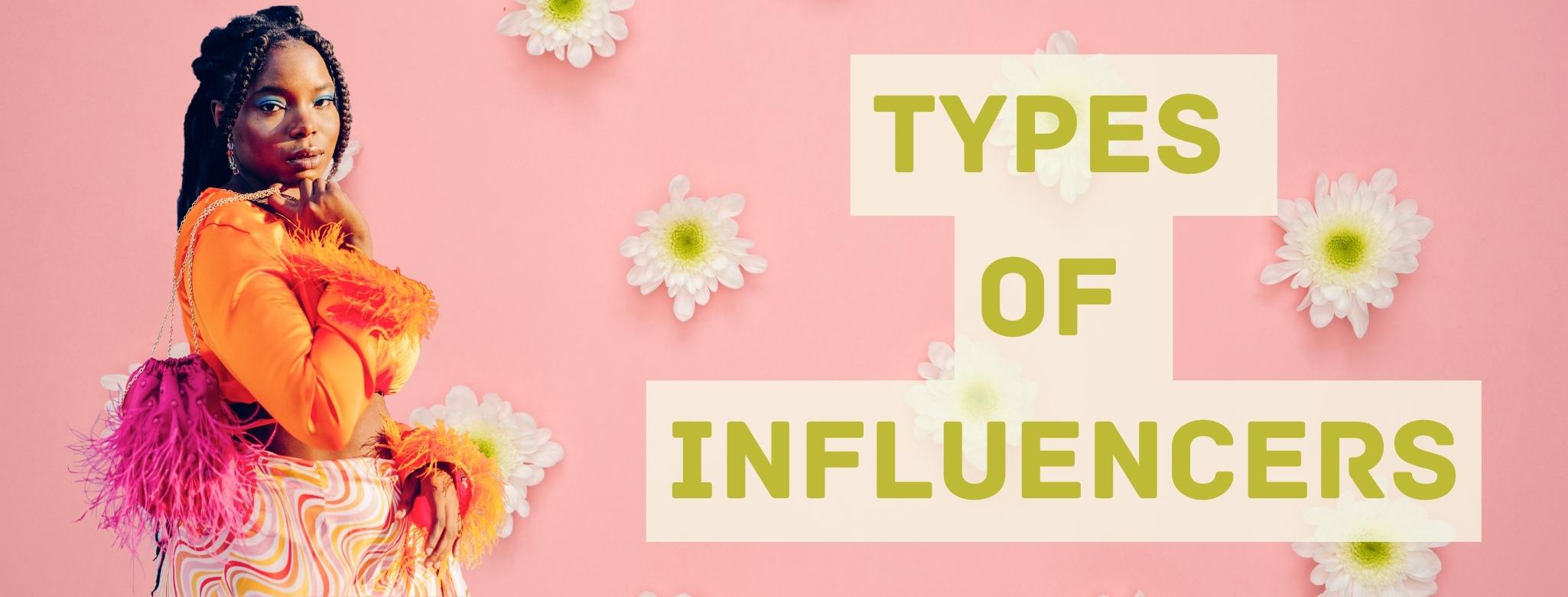
Before discussing how to find influencers, it is important to note that there are several social media influencer categories to consider, with the following being the most pertinent:
- Nano influencers (smaller-sized influencers with around 1K–10K social media followers)
- Micro-influencers (slightly bigger sized influencers, with around 10K–100K social media followers)
- Macro influencers (bigger-sized influencers with around 100K–1M social media followers)
- Mega or celebrity influencers (biggest-sized influencers with 1M+ social media followers)
3.1. Who are nano influencers and how to find them?
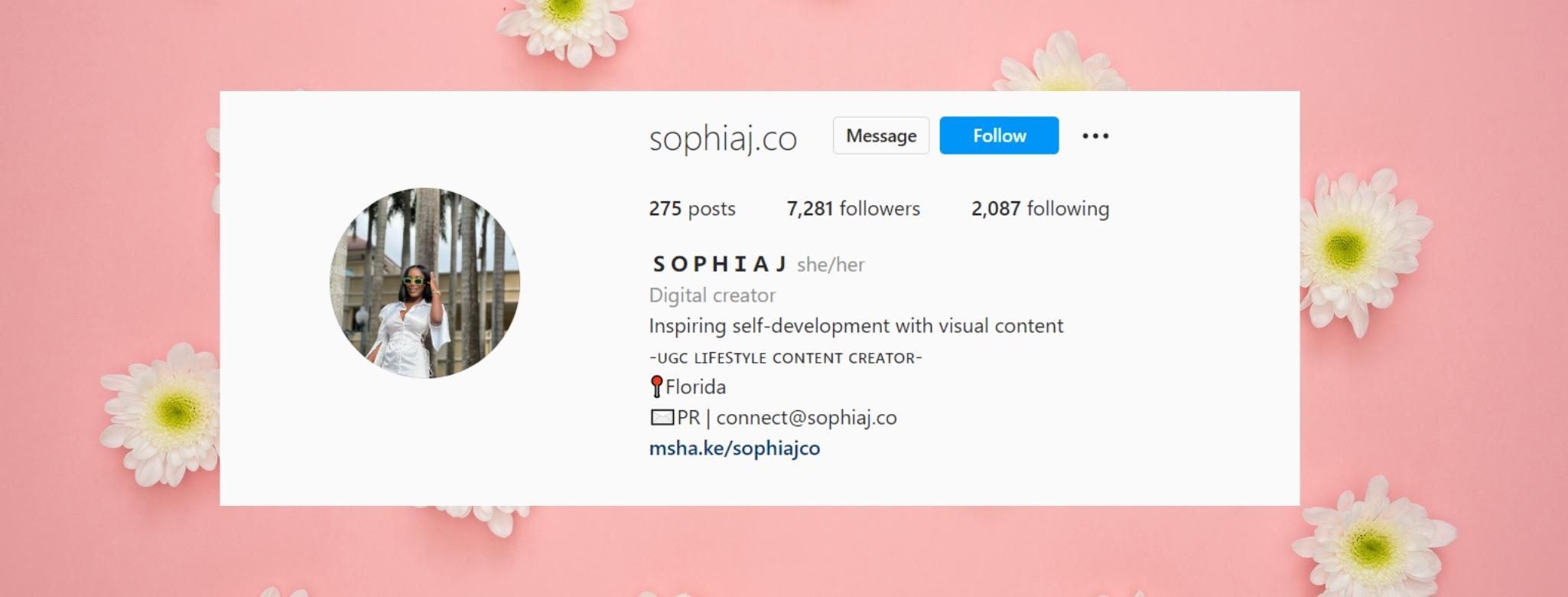
It’s crucial for brands to first understand the many influencer types that exist before figuring out which ones best align with the objectives of their campaigns and their established corporate identities.
Nano-influencers are regular users of social media who have between 1K and 10K followers on their Facebook, Instagram, Twitter, and other accounts. The majority of their postings contain regular stuff like pictures of their families and friends, pets, memes, and similar items. They are rarely considered professional influencers because of their smaller-sized online audience and don’t often get professional influencing agreements. However, they have a lot to contribute to the influencing world with their current characteristics.
Sophia is one example of a nano influencer (image above). She is a lovely nano lifestyle influencer with 7K+ followers, who is eager to share with her followers what she has learned over the past years of her career and what she is still learning about daily life, beauty, and self-care.
If you are wondering how to find influencers, here are some of the most effective approaches to help brands find nano influencers:
a) Utilizing free influencer finder tools
Using a trustworthy influencer marketplace is the easiest and most economical approach to learning how to find influencers. Brands should think about the location of their influencer marketing campaign before choosing the influencer discovery tool that will help them locate nano influencers. Brands have a range of visibility channels to select from, including Instagram, TikTok, YouTube, and others.
b) Using hashtags
Brands may learn how to find influencers, even nano influencers, by searching for hashtags associated with their company’s niche work. The key thing to remember is that marketers shouldn’t focus just on following counts when looking for Instagram influencers. The statistics’ findings indicate that nano Influencers can provide much more effective outcomes.
c) Google Research
Brands could believe it is pointless to hire an influencer using a search engine like Google, but it is not. They can employ nano influencers simply with the aid of Google, or at the very least, it will show them how. Just be aware of the term to search for. Google has offered first-rate services in every area of the Internet.
d) Peruse every social media platform
Social media may be used by brands and anybody who is considering how to find influencers to locate the influencer they are searching for. Since nano influencers typically provide all of their details on their accounts, it is simpler for others to recognize them. Look over their page and take note of the engagement level, comments, prior campaigns (with the brand’s rivals), and even how they engage with their followers.
3.1.1. Benefits of working with nano influencers
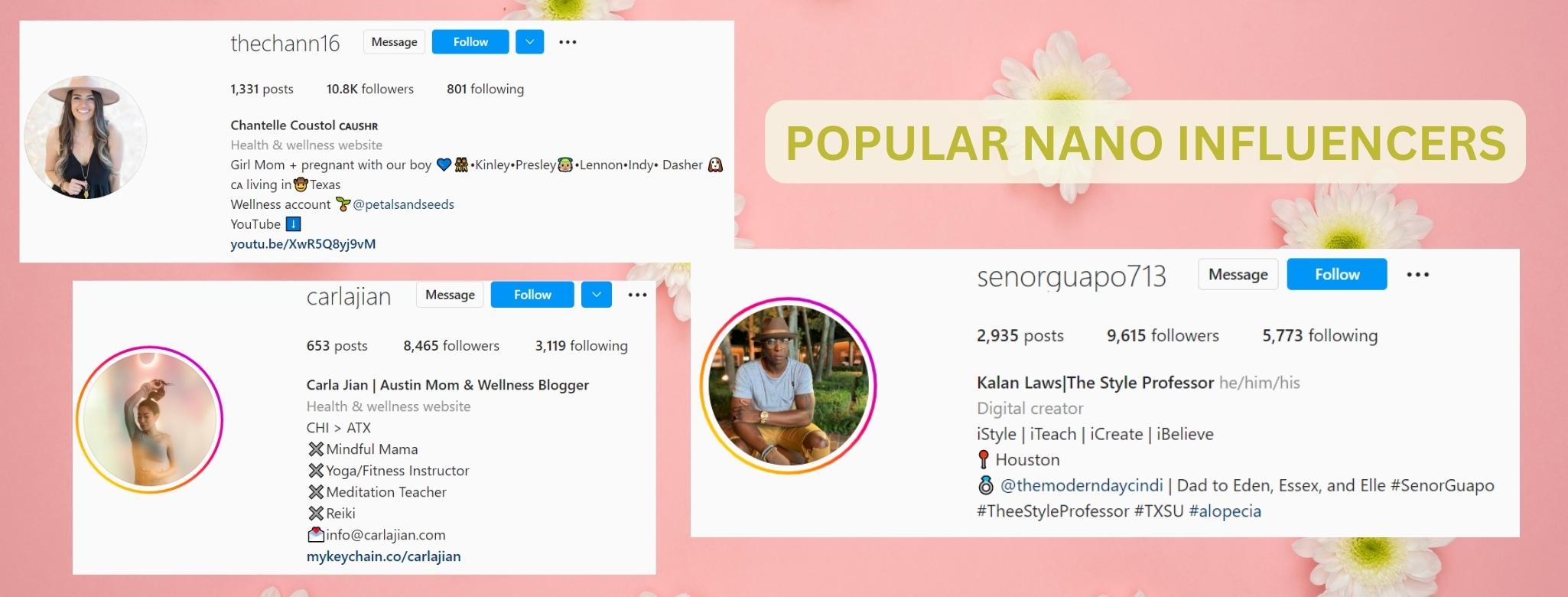
The following are a few of the most pertinent advantages of working with nano influencers:
a) Nano-influencers interact with their audience more
Since they have a smaller audience, it is simpler to build genuine relationships and contact them. Nano-influencers are more likely to respond to nearly every comment with sincere responses or to provide a follow-up question to better understand their audience.
b) Their participation rate is greater
Nano-influencers have higher reach and engagement than other types of influencers, which increases the likelihood that a sponsored post will be seen by their followers. Since they are more accessible, the cost per impression and engagement are cheaper.
c) More followers believe them
Because of their limited following and the kind of material they provide, nano-influencers are more relatable, and as a result, their fans treat them almost like friends. This fosters trust, and as a result, these producers are more selective about the products they promote because they don’t want to let the audience down and lose that trust.
e) They are more suited to your brand
It is advantageous for firms that cater to a certain sector since nano-influencers tend to make their content more specialized. It’s a terrific approach to test your goods and services in a new market and get feedback from influencers and followers.
f) Brands may gain a competitive edge from them
Smaller influencers may not have uploaded much if any, sponsored material in the past since they are still attempting to build their followings. Using them in your social selling approach gives you the chance to build a foundation of brand ambassadors even if they may require some guidance.
3.1.2. Disadvantages of working with nano influencers

The following are some of the most significant drawbacks of working with nano influencers:
a) They often have a limited audience reach
The audiences of nano-influencers are relatively limited, as seen by their follower numbers. Due to this restricted reach, marketers would thus need to drastically increase their efforts if they wanted to meaningfully affect awareness.
b) It might be difficult to trace and manage a large number of nano-influencers
With nano influencers, it may be challenging to manage and monitor a social media marketing strategy. It would be far more difficult for marketers to follow the performance of a network of hundreds of influencers than it would be to track a small number. Additionally, it’s critical to evaluate how much management effort and vetting time add up over time.
c) They have very few options on social media networks
When it comes to brand promotion on social media, nano influencers still have significant limitations even if they may be quite skilled at it (and they probably are if they have built even a moderate audience). For instance, nano influencers can’t easily use features like the Swipe Up function in IG Stories since Instagram requires at least 10,000 followers to utilize the tool.
d) They frequently lack brand-specific experience
Even though they could be less expensive than influencers with bigger follower networks, this deal might not be without its drawbacks. Because many nano-influencers are probably not yet used to dealing with businesses on transactions, this might cause difficulties during negotiations and even pose legal dangers in some circumstances.
e) They can be inexperienced in producing content of a high caliber
Although nano-influencers have a strong following in their specialized group, their material may not always be of the highest caliber. Their material could be less polished as they might not be as skilled at creating social media content. This might lead to significant brand alignment issues or the need to hire extra staff to produce high-quality content, both of which would increase your overall budget.
3.2. Who are micro-influencers and how to find them?
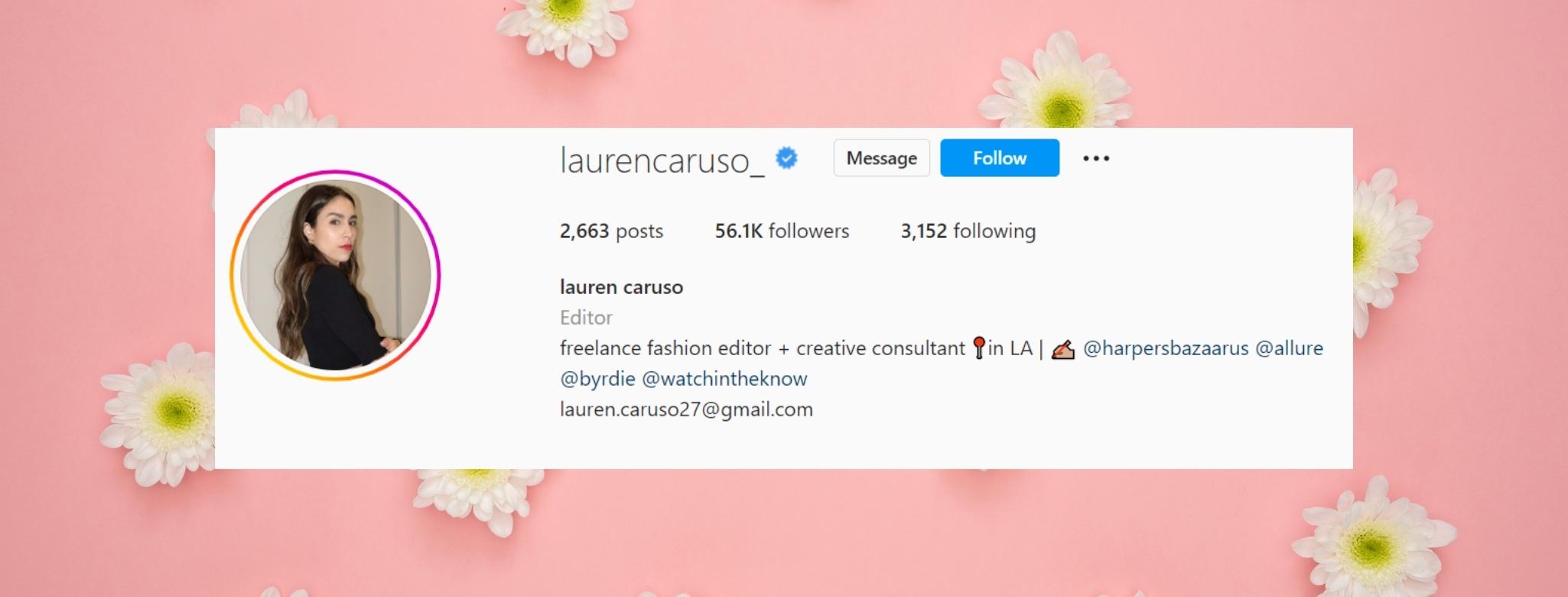
Many brands believe that going larger is better when talking about how to find influencers, but that is not always the reality. In essence, micro-influencers are an overlooked tool that may help brands significantly stand out from the crowd and thrive in their specialized markets.
Micro-influencers are people whose social media presence is more than that of a typical user, but shorter than that of a social media star. This often refers to having more than 1,000 and fewer than 100,000 social media followers on a variety of platforms, including Facebook, Instagram, TikTok, and more. Brands employ the services of micro-influencers to deliver a genuine endorsement of their goods at a far cheaper cost than famous influencers. Micro-influencers often utilize their following to promote items that correspond with their hobbies or areas of expertise.
There are various techniques of how to find influencers, especially micro-influencers, and the following are some of the more significant ones:
a) Using the help of hashtags
Brands may explore platforms like Instagram, for instance, by searching certain hashtags that are connected to their business and discovering micro-influencers using those hashtags in their postings, as it is simpler to seek people or influencers with 1K-100K followers using hashtags. For instance, if a beauty company is in issue, they would want to search for a micro-influencer that uses hashtags associated with makeup on Instagram, such as #MakeUpTutorial, #BeautyLooks, #MakeUpPower, and others.
b) Examining the brand’s fan base
If someone doesn’t have the time to spend searching through the countless hashtags on social media, it’s important to keep in mind that there is a good likelihood that some micro-influencers have already found and followed a certain brand. From the number of followers they have who are already sharing material relevant to their business, they could quickly compile a list of potential influencers to recruit.
c) Considering the influencer’s follower base
Micro-influencers are often connected to other influencers and have a support network in addition to having strong ties with their audience. They are also likely to follow them on Instagram and similar platforms. A brand should always make sure to check out the influencer’s following list after identifying one possible influencer for their next influencer campaign. They can come across more deserving micro-influencers in the same niche as their company.
d) Looking into influencer search tools
There are other approaches to locating micro-influencers to collaborate with besides searching and exploring hashtags and individuals on social media. Different search tools are now available with the goal of making it simple and practical for brands to find micro-influencers. You may utilize and access a variety of tools with features like filters, interaction summaries, and follower numbers to quickly find potential content creators for the brand.
3.2.1. Benefits of working with micro-influencers
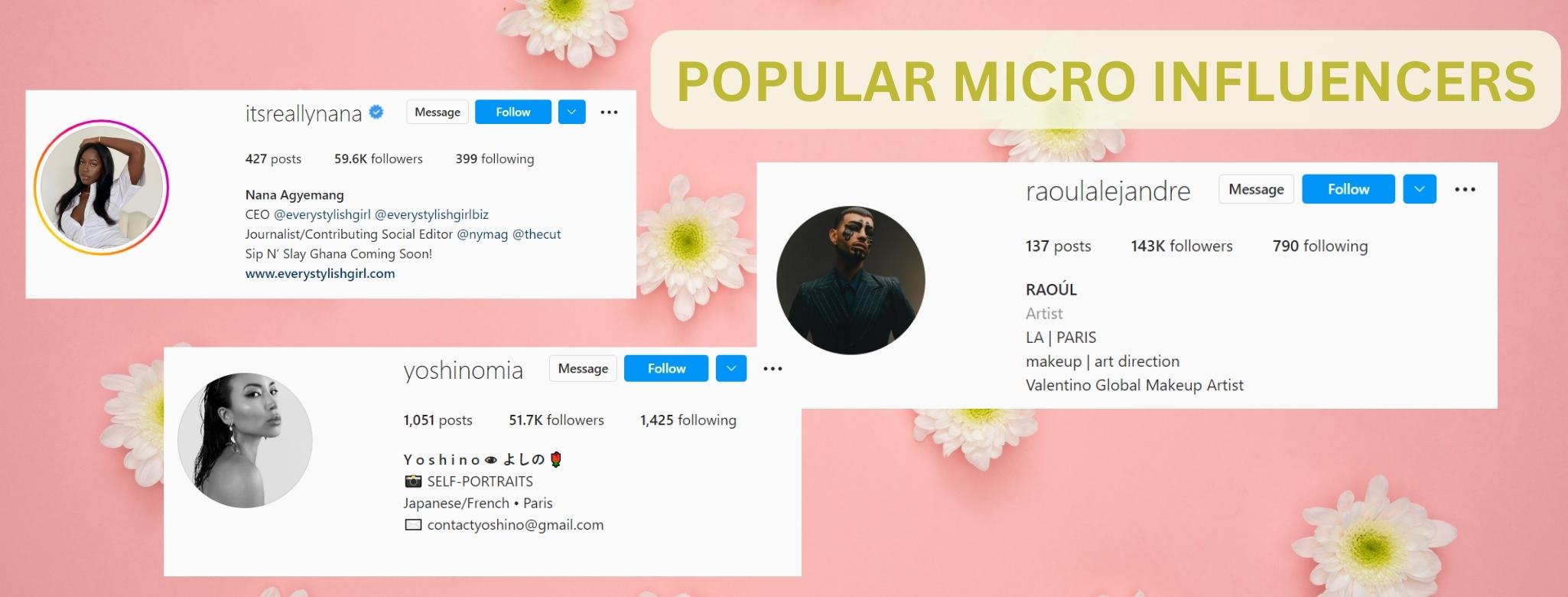
Brands may get many advantages from working with micro-influencers, some of which are as follows:
a) Micro-influencers have higher audience engagement rates
High levels of engagement and superior marketing performance indicators are frequently observed in micro-influencer efforts. That is because these influencers have close bonds with their fans. They swiftly and consistently respond to fan correspondence with remarks that are relevant. As a result, their target audience has faith in them, what they say, and the goods and services they advocate.
b) Micro-influencers have niche community access
Micro-influencers frequently guide smaller audiences or micro-communities that have a strong love for a certain subject or sector. Whether they are online or not, it could be difficult to find or join the channels where these specialist customers hang together.
c) They are extremely economical
Compared to the majority of other social media influencers and well-known bloggers, micro-influencers often charge far less. The number of followers on your account continues to be one of the most important elements in the world of content creators and influencers when determining how much you charge. Working with micro-influencers helps you maximize the effect with your target audience while keeping your influencer marketing expenditure under control.
d) They are accessible and receptive to criticism
Micro-influencers are more receptive to project suggestions, helpful criticism, and alternative payment schemes. Unlike “A-list influencers,” the micro-influencers you work with will probably handle themselves. As a result, marketers could find it less difficult to keep control of campaigns and forge alliances.
e) They are ready to work with small and/or new brands
As their fan bases expand, influencers tend to become increasingly pickier about the brands for whom they generate content, limiting campaigns and sponsorships to reputable businesses with a lot of social proof of success. On the other side, micro-influencers prefer to maintain their connections and are more open to working with new businesses, products, and services.
f) They are willing to maintain relationships even when they gain power
If the relationship between the influencer and the companies they are working with is successful, they may become brand ambassadors and support their business as they become well-known in their field or even as they advance in their professions.
3.2.2. Disadvantages of working with micro-influencers
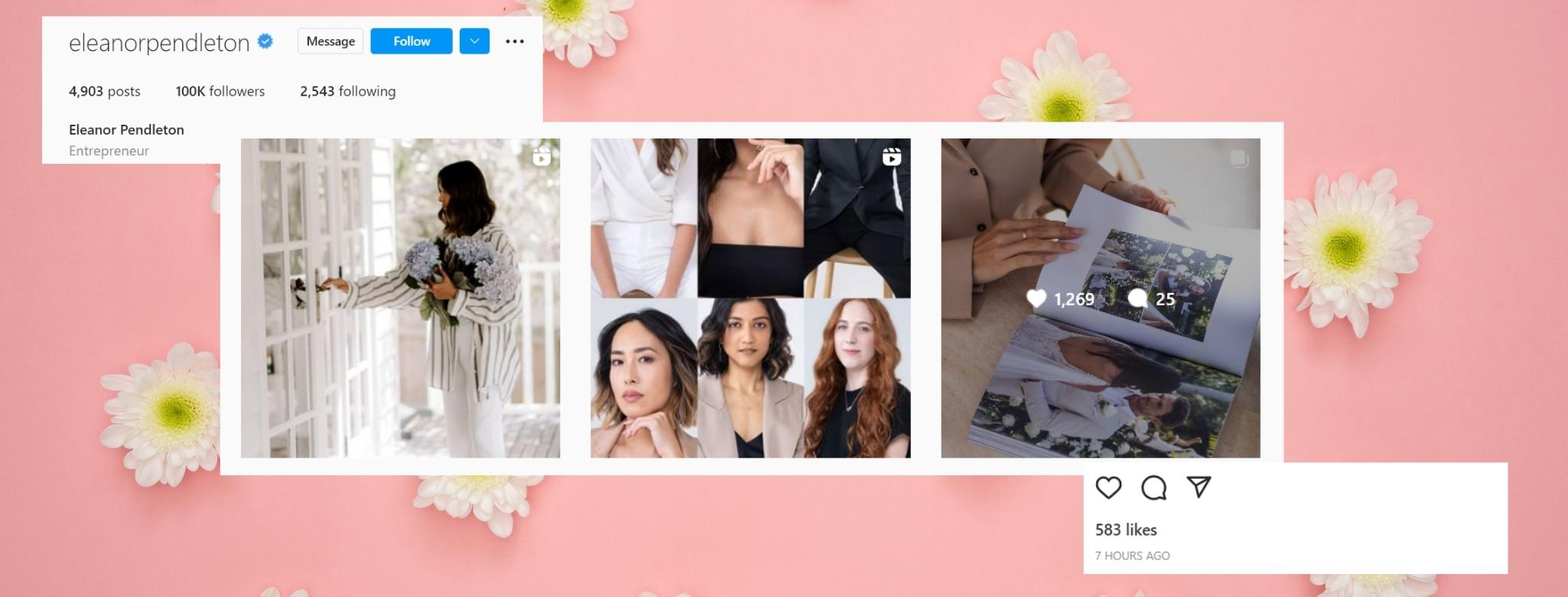
Working with micro-influencers has many important drawbacks as well, some of which are as follows:
a) They have a smaller audience reach compared to other influencers
The reach of a micro-influencer is typically much less than that of a celebrity or a macro influencer, and it differs in terms of thousands of followers, which has a significant impact on the way that marketers interact with them. If we use 100K followers as an approximation of the maximum reach to be termed a micro-influencer, it is far less reach than what higher-level influencers have. When you take into account the possibility of overlapping support amongst its influencers, a company that wants to have its message disseminated widely will need to collaborate with a lot more micro-influencers.
b) They provide lower brand awareness and recognition
An individual micro-capacity influencer’s to raise brand awareness is lower than that of a larger influencer due to their smaller fan bases. When a company collaborates with a macro-influencer, they have the opportunity to alter how many people view the brand. Brands are aware that the public’s image of them may change significantly if they are supported by someone with significant industry power.
c) The wrong micro-influencer may have less meaningful interaction with brands
While the majority of micro-influencers communicate with their followers more frequently than those with really large followings, this is not always the case. On the surface, some people appear to be promising, but this is only because they have employed dubious techniques to obtain payment from a company. Even while a micro-influencer may appear to have a significant following, if their engagement rates are out of the ordinary, it may be a sign that they have just bought bogus followers, which is a major disadvantage for any potential future collaborations.
d) Finding the appropriate micro-influencers may require extensive research
A company’s resources may be heavily invested in finding the right micro-influencers. Of course, if an employee of the company has a strong interest in the niche, they may already be familiar with the right micro-influencers and have relationships with them. The budget and effort put out here are closely related.
e) They provide additional work for brands
A company must expend more effort on the more individuals they must deal with. It takes 10 times as much effort to manage ten micro-influencers as it does to manage one macro-influencer. As the number of micro-influencers a company chooses to work with grows, so does the management of those influencers—particularly in terms of content and compensation. The use of influencer platforms and agencies by a business helps in this approach.
3.3. Who are macro influencers and how to find them?
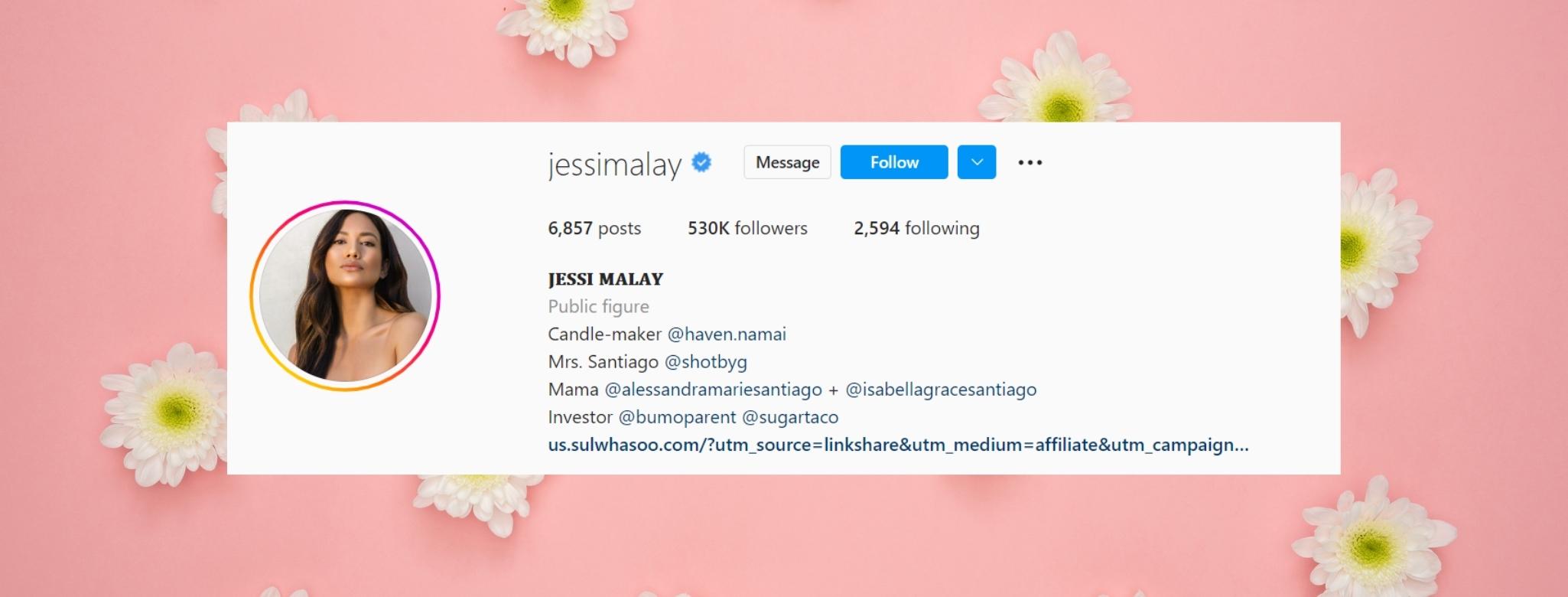
Macro influencers and all of their distinctive characteristics, which often make them simpler to find than any other influencer group, cannot be overlooked when talking about how to find influencers. Macro influencers are typically regarded as well-known individuals, celebrities, or social media personalities, with more than 100,000 followers. However, they often have fewer followers than celebrity influencers with audience bases numbering in the millions. So, to improve their exposure and brand awareness, businesses frequently request macro influencers to highlight their products and services on their social media profiles. Macro influencers often work with just premium leading businesses with significant budgets and reach a very sizable (and frequently extremely aspirational) audience.
The following are some of the best strategies for locating macro influencers:
a) Using hashtags on social media to find influencers
In many situations, you may conduct a direct search using hashtags and keywords within a social media site, particularly on Instagram, to find content from artists in your field. Though you won’t be able to limit your search to get the best results, you’ll get an impression of the largest innovators in the field.
b) Investigating influencer lists
To get a list of the top macro influencers in a given industry area, search online marketing blogs and industry publications. It’s a terrific place to start if you want to get to know the most well-known producers in your field, but the influencers that make these lists are typically over-invited and might not fit your budget. However, as macro influencers are often more expensive to hire than nano or micro-influencers, firms should allocate a larger budget when working on influencer campaigns with them.
c) Looking up industry publications
You may find out who the top macro influencers and key thought leaders are by reading the newsletter, following a variety of niche-focused industry websites, and going to influencer-related events. You’ll learn about industry executives and up-and-coming talent firsthand by interacting with the media, so don’t wait to cultivate those connections.
d) Examining your own personnel
Why not approach the individuals who are already a part of your community and are passionate about your company instead of spending hours searching online for the best influencers? Each of your workers has a network of contacts, and you should never undervalue the importance of individual referrals from individuals you know. Find staff members that have substantial social media followings, and devise rewards to get them to promote your company on their own social media pages.
e) Using the brand’s website and social media platforms to find influencers
You may create a formal application form that invites people to apply and describes what you’re searching for in a good macro influencer on your website or social media platforms. Though bear in mind that there are no assurances that appropriate creators will apply.
f) Investigating the top influencer databases
You may utilize filters in influencer databases to focus your search and identify the greatest fit for your company. Numerous of them have hundreds of sophisticated filters, such as ones for social media channels, audience demographics, engagement rate, keywords, follower counts, and many more. This strategy will provide a big number of influencers right away, who can then be narrowed down until you have a strong influencer shortlist to start contacting.
3.3.1. Benefits of working with macro influencers
Working with macro influencers has many important advantages, some of which often include the following:
a) They have a wider audience
Compared to nano or micro-influencers, macro-influencers have far larger and more varied social media audiences. It is therefore recommended for companies to select a macro influencer if they wish to increase brand recognition and even improve product sales and brand revenue. Finding a big influencer with plenty of interactions may also boost visitation and conversion rates for a business.
b) They are more competent
Macro influencers often have expertise in working with a variety of businesses and generating high-quality content that has measurable advantages since they have accumulated massive followers of millions or more. They provide high-quality, niche-related, optimized, and enhanced textual and graphic content, work directly with companies to increase conversion rates, and support clients in maximizing ROI.
c) Collaborating with them lowers the professional risk
More knowledgeable influencers often pose less of a risk to brands of all shapes and sizes. Macro influencers have a well-known social media voice and a loyal following. Additionally, it has been noted that some other smaller-sized influencers increase their fan base and perceived authority by buying or collecting “fake” social media followers. Even while this is typically not the scenario with macro influencers, if you check to see whether a follower’s profile is being managed by a genuine person or check their interaction rates, you can identify if they are fake.
d) They boost the brand’s credibility
Macro influencers may also help brands get the respect and trust of their target audience. People are more likely to pay attention to the counsel of someone with a large following than someone with a smaller one. Macro influencers may help brands of all shapes and sizes to establish enduring connections with customers by providing useful information and engaging with them on social media.
3.3.2. Disadvantages of working with macro influencers
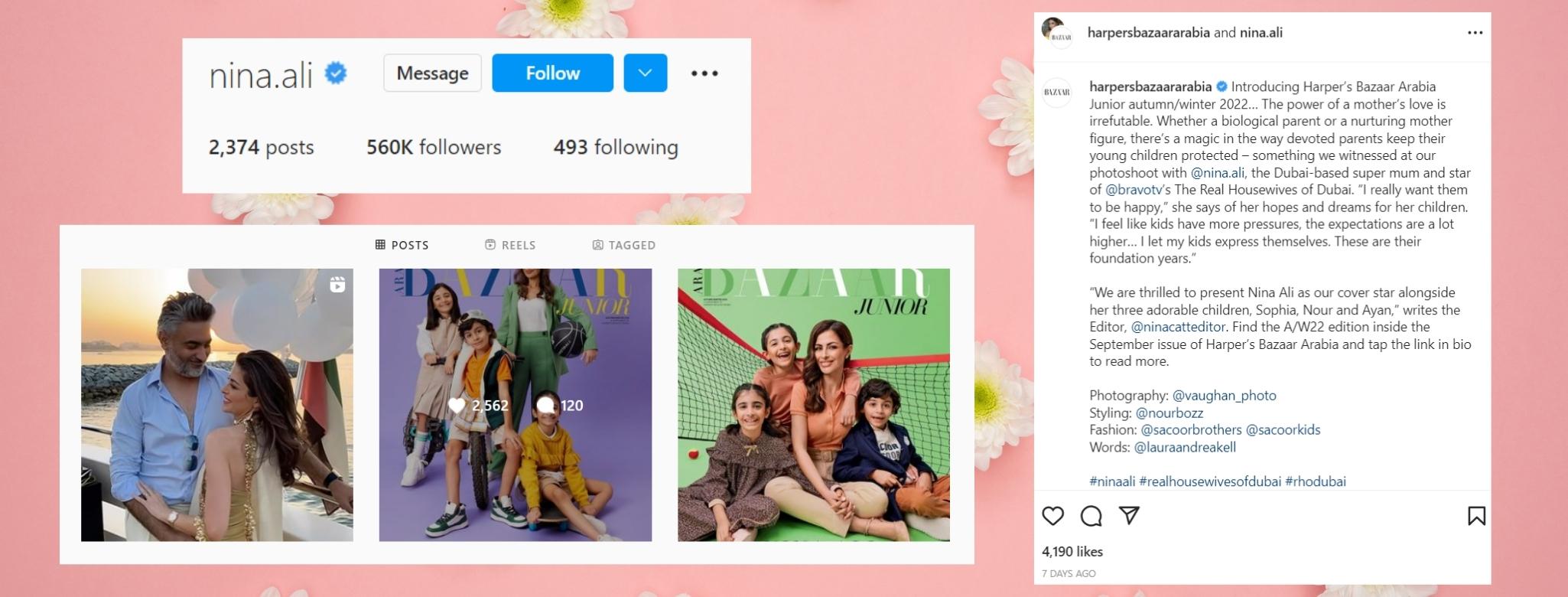
Despite macro influencers’ effectiveness, working with them has some substantial disadvantages. Among the most crucial ones are:
a) They cost more
The exorbitant cost of macro-influencers is one of its biggest drawbacks. Depending on the social media platform, the number of followers, and other factors, they may want as much as a few thousand dollars for every social media post. However, because of the large number of followers, their CPM may be lower than that of micro-influencers.
b) They have reduced engagement rates
Compared to other influencers, such as nano or micro-influencers, macro-influencers have reduced engagement rates, and their followers now span a wider range of interests and specialties. Therefore, only a small portion of their audience would be interested in the brand’s specific goods. Brands can therefore observe little to no involvement with their company.
c) They often have multiple working arrangements
Typically, macro-influencers collaborate with a variety of businesses. Therefore, convincing your target market that your offering is legitimate might be difficult. Typically, they don’t work closely with just one brand, to which they are said to be devoted. They frequently participate in a variety of working arrangements because of their popularity and established influencer jobs, which puts them in high demand.
d) They pose a higher risk
Compared to micro or nano influencers, macro-influencers are more frequently the target of hackers and spambots, which poses a serious professional danger to brands and businesses, no matter their industry or status.
3.4. Who are celebrity influencers, and how to find them?

People who are worldwide popular and frequently in the media are considered celebrity influencers or simply celebrities. They are well-known outside of social media and have established careers in various industries. Despite this, the majority of famous influencers will have more than 1 million fans, sometimes even reaching hundreds of millions of followers. Twitter and Instagram are where they are most engaged, but often utilize TikTok, Snapchat, and similar channels. Influencers in the public eye can reach a wide audience, and they are highly concerned with maintaining their good reputation, thus they are selective in the brands they collaborate with. Most famous people don’t work as influencers full-time. They could also be athletes, models, musicians, actors, TV personalities, or singers, thus they frequently have a lot of additional responsibilities.
In comparison to discovering micro, macro, nano, mega, or other influencers, locating celebrity influencers requires a somewhat different and simpler technique.
Some of the search methods may include:
- Internet research
- Search on social media
- Platforms for influencing
- Tools for finding influencers
- Involvement with an influencer marketing agency, and more.
Typically it only takes a quick search on Google or social media to identify celebrity influencers that you believe would be a good match. These prominent people are already widely recognized on a global scale.
When beginning your influencer campaign, if you already have a famous influencer in mind, it will be simple to evaluate their social media success utilizing various influencer tools, such as the Upfluence Chrome Plugin. To get a thorough performance dashboard, simply install the plugin, go to their social network website, and click the plugin icon. This will assist you in determining whether their online performance is adequate for you to collaborate with them on a campaign.
However, you may always look via Instagram, Twitter, or other comparable exposure channels and identify the celebrity with whom you will next cooperate if you don’t enjoy utilizing influencer platforms or influencer search tools. You may even manually narrow down your search results by considering particular fields, demographics, or categories of celebrity influences. For instance, marketers may use Google to search for “Celebrity Beauty Brands” or “Celebrities in Tennis” and then select the top result from the list. These searches could turn up celebs like Kylie Jenner or Selena Gomez, or if you’re looking for sports stars, Serena Williams, Maria Sharapova, and others.
3.4.1. Benefits of working with mega and celebrity influencers
Working with celebrity influencers has various advantages, but some of the most important ones are as follows:
a) Customer purchase influences
Customers’ preferences for particular celebrities can have a significant impact on their purchasing decisions. “If the thing is good enough for my favorite celebrity, it’s good enough for me,” is a common mentality when engaging in this method. This ideology frequently serves as the inspiration for commercials for cosmetics, skincare, hair care, and clothing. In essence, a company’s product gains immediate legitimacy thanks to the local celebrity’s endorsement.
b) Increasing brand recognition
Advertising with celebrities increases brand recognition considerably faster than with more conventional forms of promotion. The proportion of individuals who are familiar with a specific brand is measured by brand awareness. Small firms invest a lot of money and time in publicity to gradually raise customer brand awareness. Utilizing a celebrity influencer may significantly improve consumers’ knowledge of and comprehension of the business’s offerings.
c) Setting up a brand
Some businesses position their brands through celebrity endorsements in their advertising. Celebrity influencers may significantly aid firms in their quest to position their products in the best possible light in the eyes of their target market.
d) Getting more users
Finding new customers for businesses’ products is one of the challenges they confront. Advertisements using celebrities are appealing to both current consumers and brand newcomers. The latter group may utilize products from rival brands. However, people may be convinced to try the product if they often see a celebrity in commercials for it.
e) Helping to expand brands
A failed brand may be given new life by the inclusion of a celebrity in advertising, while underperforming brands may benefit through expansion. For instance, if manufacturing and administrative costs are leaving little to no profit, a small cosmetics producer may consider discontinuing a brand or product. However, using a celebrity to promote the advantages of the brand might help customers develop fresh interest and enthusiasm.
3.4.2. Disadvantages of working with mega and celebrity influencers
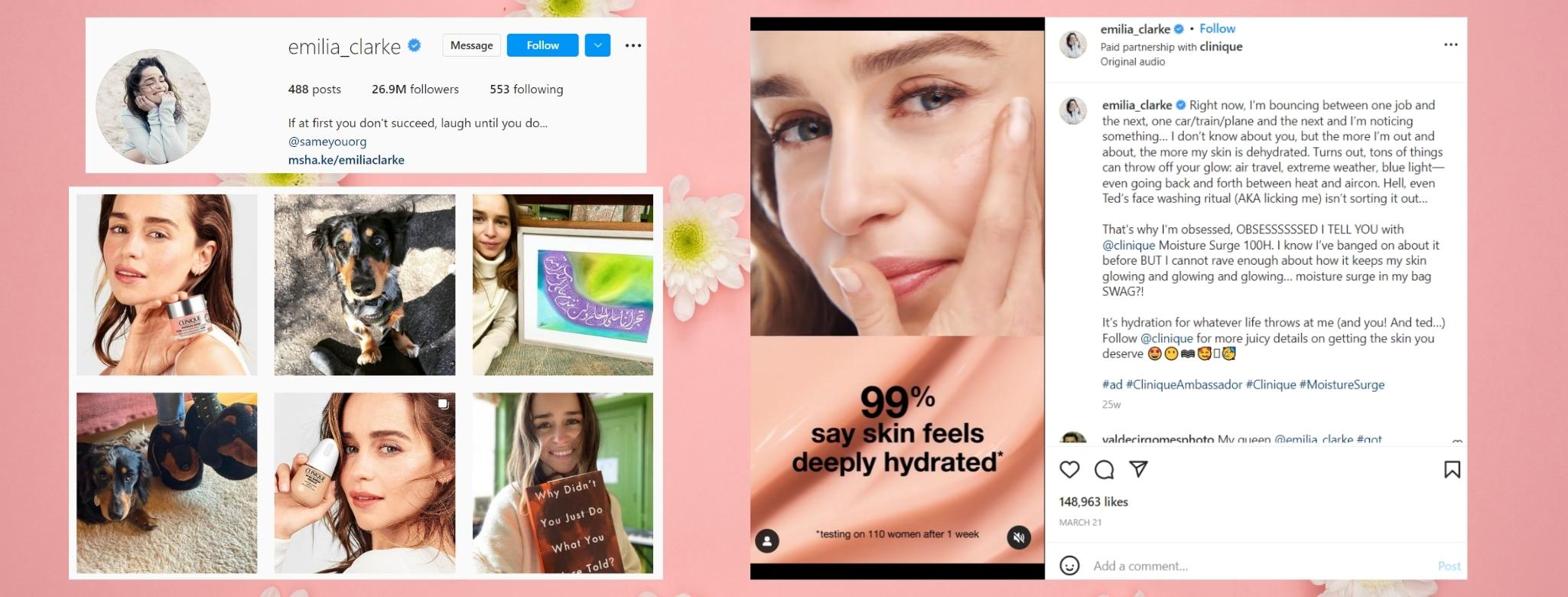
Working with famous influencers still has many potential hazards, some of which are listed below, regardless of their public profile or successful careers:
a) Celebrities’ public perceptions shift
Throughout their lives, celebrities make mistakes and poor choices, regardless of how well-known they are. And when something similar happens, it may have an impact on the products they promote. For instance, Tiger Woods’ reputation suffered in 2009 when reports of several women’s adultery broke. To prevent a bad reputation and to cease associating Tiger with the goods he was marketing, General Motors, Gillette, Gatorade, and many other companies dismissed him.
b) The media may overexpose celebrities
When a celebrity collaborates with several businesses, both the celebrity’s authority and the brands’ market reputation suffer since they essentially become only statistics or numbers. The celebrity may be perceived as endorsing anything to gain money, and firms run the danger of losing their competitive advantage.
c) Celebrities may make companies less visible
Social media users frequently focus more on the celebrity in many advertising endorsements than the company or product they are supporting. The risk is increased when famous people promote several things at once. Many businesses use celebrities as brand ambassadors and prominently display their images in print ads. However, many items lose value due to their reputation as the center of promotion.
4. How to Choose the Best Influencer?

Any influencer marketing plan has to engage with the proper influencers to be effective. Your campaigns will benefit immensely from the contributions of influencers who are pertinent, real, interesting, and compatible with the values and image of your business.
When discussing how to find influencers, it’s important to note that the process of conducting research and locating the ideal influencers might be intimidating since there are so many things to consider. Here are some of the most important factors you should consider while looking for influencers to help you out:
4.1. Setting clear campaign objectives
You need to clearly define your objectives before looking for influencers or launching your campaign to find the ideal influencer. You may have many objectives for your campaign, some of which may be as follows:
- Improved brand recognition
- Generation of content
- Downloads of apps or sales
- Social media followers or newsletter subscriptions
Setting your campaign goals first will allow you to identify influencers who are more likely to assist you in achieving them as opposed to working with influencers who may or may not do so.
4.2. Influencer’s audience
Working with influencers that have a suitable audience for your business can help you reach prospective customers. You may find influencers that have an audience in your desired geography, age group, or gender by using the audience demographic elements provided on influencer marketing platforms.
4.3. Influencer’s engagement rate
Engagement rates show how well a public responds to and connects with an influencer’s material. A high level of interaction indicates that the audience is interested in what the influencers are publishing. Add the total number of likes and comments the influencers receive on a post to determine the engagement rate. The amount should be multiplied by 100 after being split by the influencers’ combined number of followers.
4.4. Influencer’s relevance
Working with influencers that complement your business is essential. You should be able to see your goods or services being promoted there when browsing the influencers’ Instagram pages. Influencers that have audiences interested in your goods or services will have profiles that are a good fit for your business.
4.5. Influencer’s authenticity
A loyal following is more likely to exist for genuine influencers. By becoming authorities in their field, such as food and drink or fashion, they can gain the devotion and confidence of their audience. They demonstrate their knowledge by including real, intimate tales, suggestions, and guidance in their articles. You may skim through the influencers’ Instagram captions on both regular and sponsored posts to determine their level of authenticity. Search for thoughtful captions that tell a narrative. The influencers’ captions for sponsored posts should be beneficial to their audience.
4.6. Influencer’s values
You should determine if you and the influencers have compatible values before forming a partnership. Examine the influencers’ Instagram bio, pictures & videos, and captions to gain a feel of their principles.
4.7. The quality of influencer’s content
Giving influencers creative flexibility to produce sponsored content for your company is part of working with them. Since their material will be used to represent you, it’s critical to determine whether its caliber of it matches your brand’s image. Look attentively at the influencers’ profiles to find content that is optimized, clear, well-written, innovative, and consistent.
4.8. Frequency of posting
Look into how frequently influencers post material when you browse their Instagram pages. Influencers must constantly provide high-quality material on their Instagram accounts to engage their followers if they want to develop a devoted audience. Ideally, active Instagram accounts should post new content every one to three days.
4.9. Influencer’s reliability
The influencers you select to collaborate with need to be dependable for your partnerships to be successful. Reliable influencers take initiative, so you can expect them to respond to all of your communications politely and immediately.
5. Conclusion
When discussing how to find influencers, the first step in locating the best ones is always identifying your target audience. Once you know who you are trying to reach, it is easier to find the people who have the most sway over them. The next step is identifying influencers, and conducting a perfect outreach. There are many ways to do this, but some of the most common methods are searching social media platforms or using influencer marketing search tools, and then contacting influencers directly or through a reputable influencer marketing agency.
But before you contact them, it is important to evaluate your future partners to determine which one of them will best suit your professional requirements. There are many factors you should consider, including their reach, engagement rate, and relevance. To put it plainly, reach is how many people the influencer can influence, engagement rate is how often they engage with their followers, and relevance is how well their content aligns with your brand.
After evaluating all of the potential influencers, and gathering all the data you need, you can start collaborating with your social media superstars and begin creating outstanding and measurable results for your next influencer campaigns.
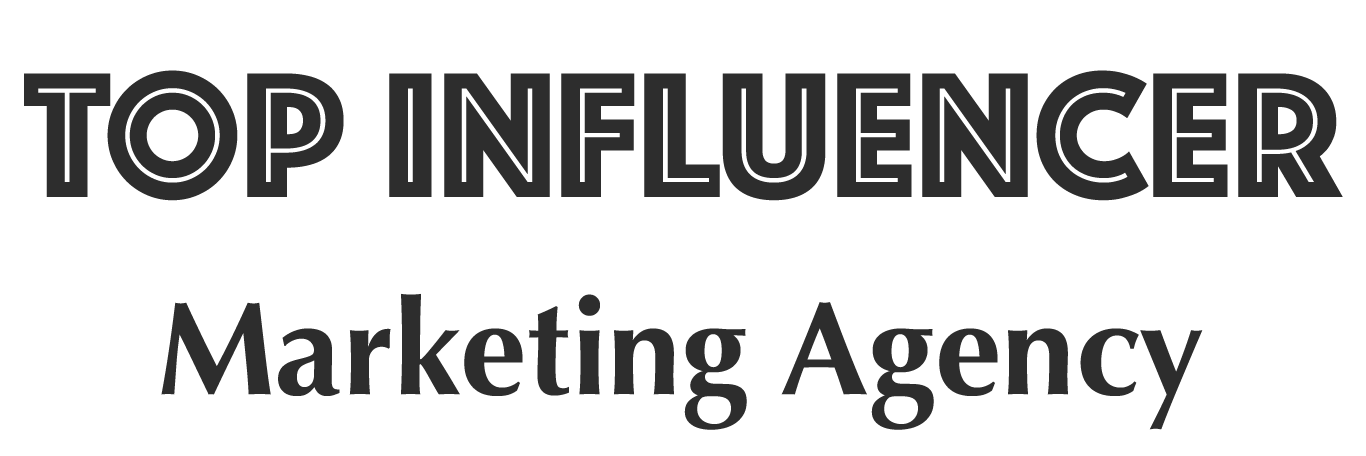



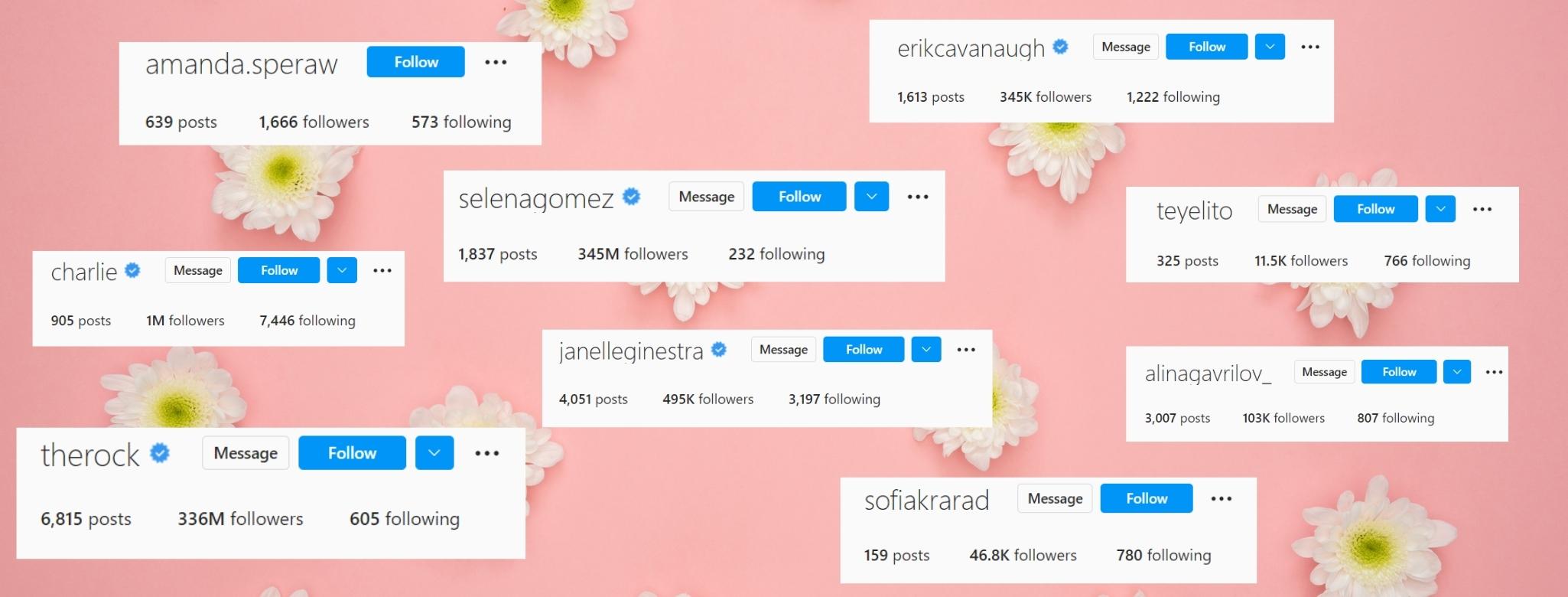
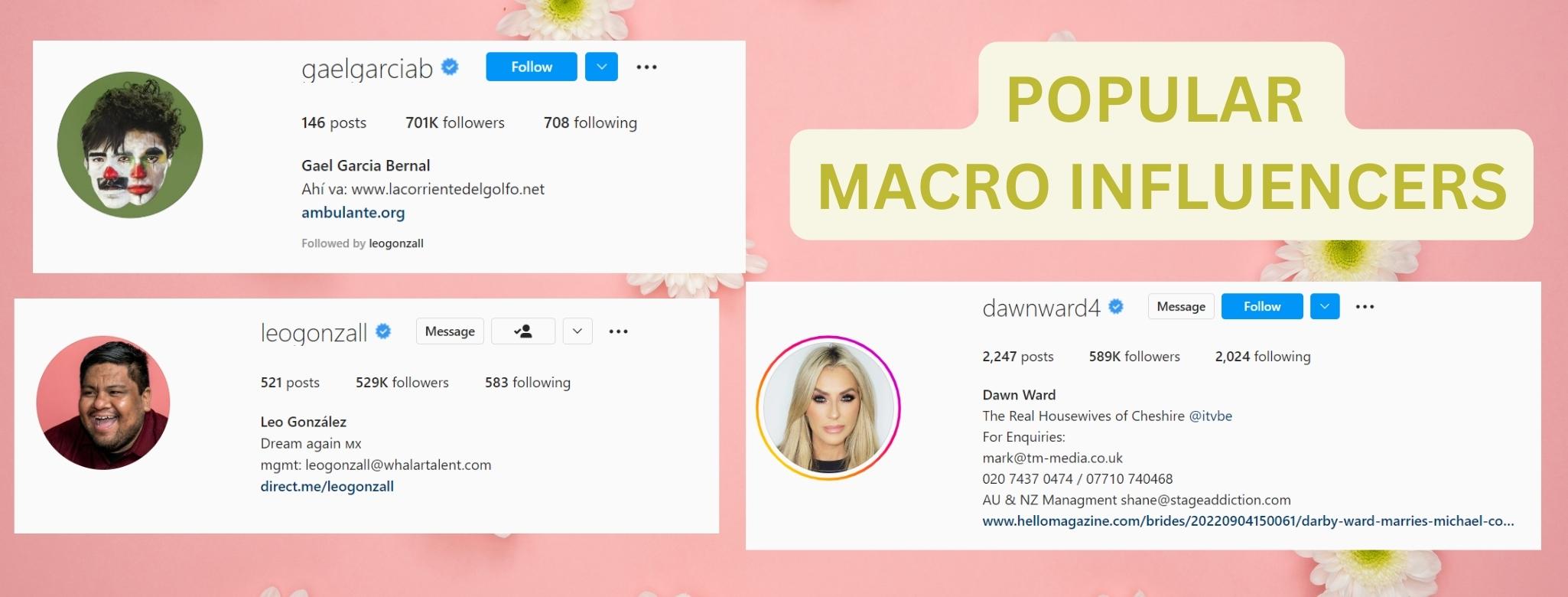
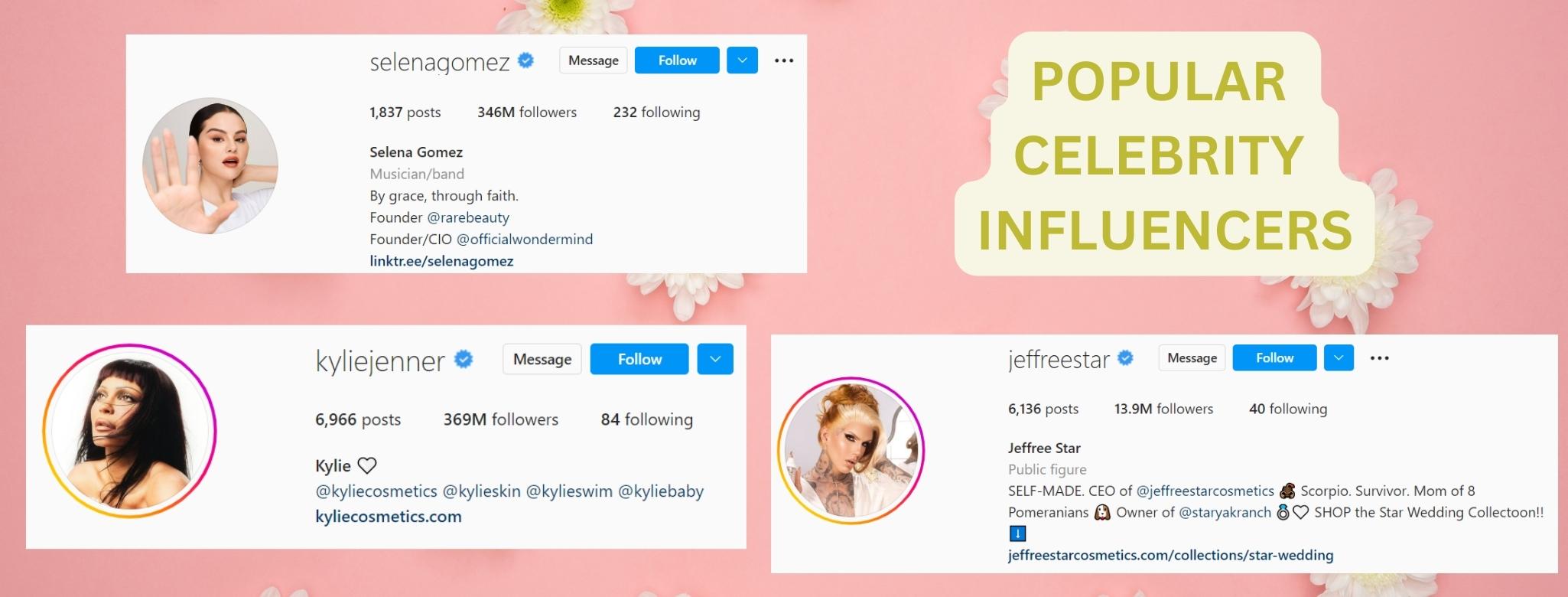

Sorry, the comment form is closed at this time.